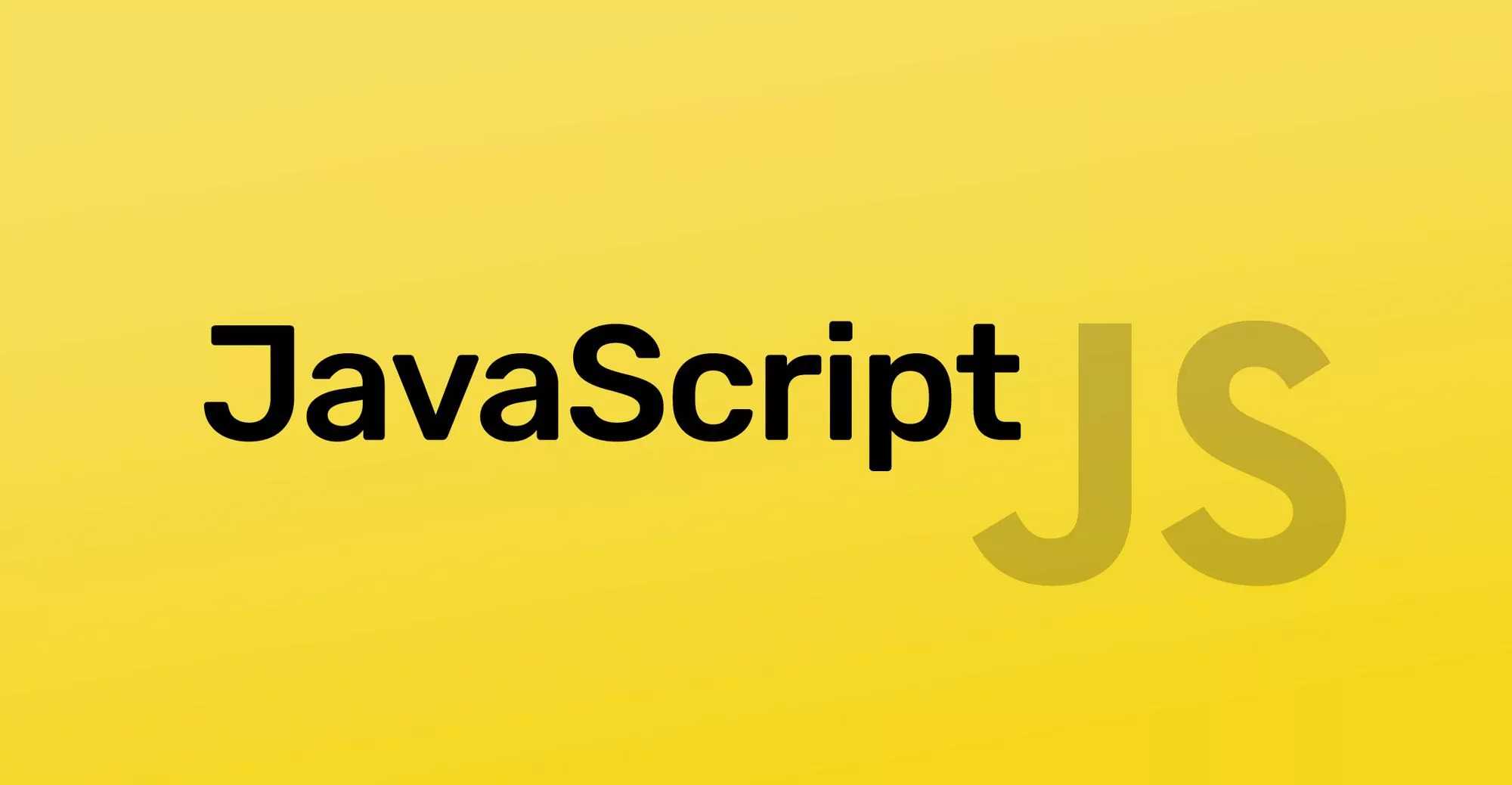
What is a closure in JavaScript and how does it work?
A closure is a function that has access to its outer scope's variables, even when the outer function has finished execution. This allows the inner function to "remember" the variables and use them as needed.
A closure in JavaScript is a function that remembers the variables from its outer (enclosing) function’s scope, even after the outer function has executed.
# How Closures Work
A closure is created when:
1. A function is defined inside another function.
2. The inner function retains access to the variables of the outer function even after the outer function has finished executing.
Example:
function outer() {
let count = 0;
function inner() {
count++;
console.log(count);
}
return inner;
}
const counter = outer();
counter(); // 1
counter(); // 2
# How do you use closures to create private variables?
Closures can encapsulate variables, making them accessible only through returned functions, thus creating private variables.
Closures help hide variables from the global scope, simulating private variables:
Example:
function bankAccount(initialBalance) {
let balance = initialBalance;
return {
deposit: function(amount) {
balance += amount;
},
getBalance: function() {
return balance;
}
};
}
const account = bankAccount(100);
account.deposit(50);
console.log(account.getBalance()); // 150
# How do closures help in data privacy?
Closures help by encapsulating data, making variables accessible only through specific functions, thus preventing direct external modification
function createPerson(name) {
let age = 0;
return {
getName: () => name,
getAge: () => age,
setAge: (newAge) => age = newAge
};
}
const person = createPerson("Alice");
console.log(person.getName()); // Alice
person.setAge(30);
console.log(person.getAge()); // 30
Related Articles
- Understanding the difference between var, let, and const in JavaScript scope
- What is a closure in JavaScript and how does it work?
- How to Implement Google Login Using Gmail in Laravel
- How to Create Filters in Laravel 11 for Efficient Data Querying
- What is CSRF in Laravel
- How to Configure Settings in Laravel: A Step-by-Step Guide
- How to serve static files and folders in Laravel
- What is Laravel?
- Top Essential Laravel Commands for Developers